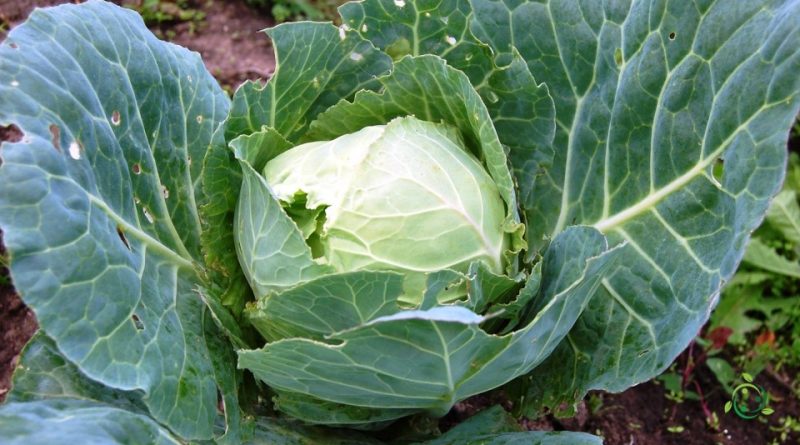How to intercrop cabbage
How to intercrop cabbage
Cabbage (Brassica oleracea L., 1753) is a plant of the Brassicaceae family which has different varieties cultivated in various parts of the world.
The different varieties of cabbage have numerous uses in the kitchen. They are widely used in Italian cuisine, and also in European and Asian cuisine, both raw and cooked. For each variety there are particular recipes and uses.
Cabbages benefit greatly from intercropping and, among the plants with which they can be intercropped, we remember: Beets, Cucumbers, Carrots, Beans, Strawberries, Lettuce, Peas, Tomatoes, Leeks, Spinach, Radishes, Celery, Parsley and Basil. However, they should not be combined with garlic, onions and potatoes.
Intercropping is an agricultural practice that involves growing different plant species together to maximize yield, reduce the risk of disease and improve soil fertility. For cabbage, there are several plants it can be intercropped with for mutual benefits. Here are some recommended associations:
– Beans or broad beans: These legume plants fix nitrogen from the air in the soil, improving soil fertility for cabbage.
– Peas: Like beans, peas are legumes that fix nitrogen in the soil. They can be beneficial for cabbage.
– Carrots: Carrots can benefit cabbage, as their deep roots can break up compacted soil and improve drainage.
– Lettuce: Lettuce can help protect the soil around kale plants and provide shade for the roots.
– Parsley or basil: These herbs can help repel harmful insects.
– Spinach or Swiss chard: These can act as a ground cover around kale plants, helping to retain moisture and prevent weeds from growing.
– Radish: They can help repel flies that attack cabbages.
As usual, before intercropping, it is necessary to evaluate the climatic and pedological compatibility of each individual plant.

